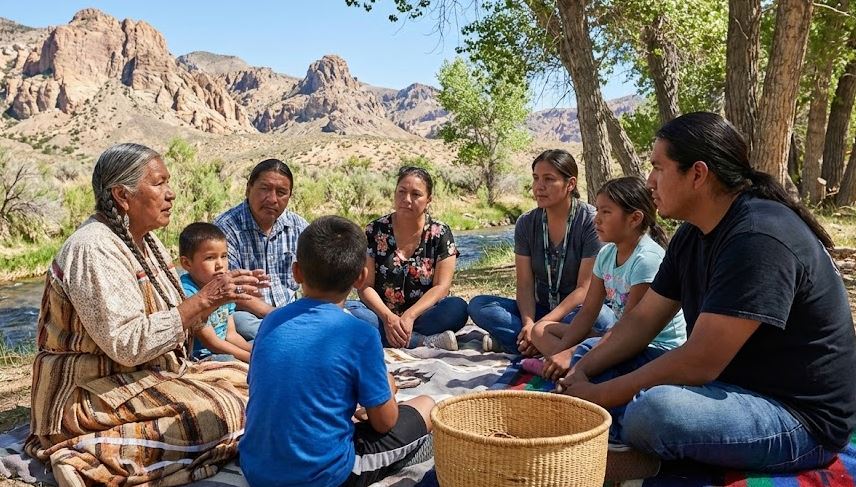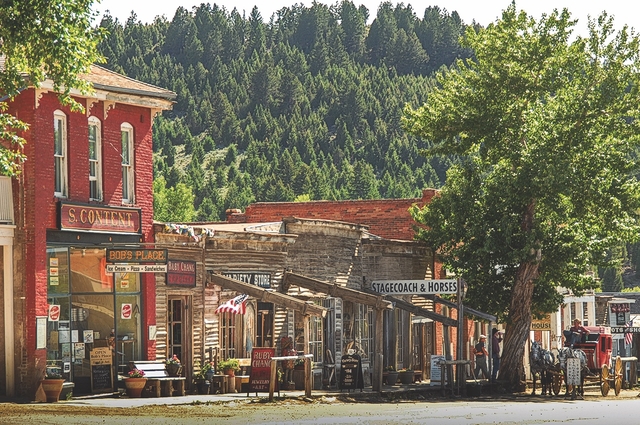Eight Ghost Towns Across America: Exploring Abandoned History
Ghost towns, remnants of boom-and-bust economies, natural disasters, or shifting industries, offer a haunting and fascinating glimpse into the past. These abandoned settlements, scattered across the United States, whisper stories of pioneers, miners, railroad workers, and communities that once thrived but ultimately faded away. This article explores eight notable ghost towns, each with its own unique history and reasons for abandonment, providing a chilling and captivating journey through forgotten corners of America.
1. Thurmond, West Virginia: A Railroad Town Frozen in Time
Thurmond, nestled in the New River Gorge, was once a bustling railroad hub, fueled by the coal mining industry.
- History: Named after Confederate Captain William Thurmond, the town thrived thanks to the Chesapeake & Ohio Railway. The National Park Service has restored the train depot, which now serves as a visitor center, showcasing the town's railroad heyday.
- Why it's Abandoned: The decline of the coal industry and the shift away from rail transport led to Thurmond's decline.
- What to See: The restored train depot, the engine house (used for servicing locomotives), and exhibits detailing the town's history. Amtrak still makes a flag stop here.
2. Bombay Beach, California: An Apocalyptic Resort on the Salton Sea
Bombay Beach, on the eastern shore of the Salton Sea, presents a surreal, almost post-apocalyptic landscape.
- History: Developed in the 1950s and 60s as a resort town, attracting celebrities like Desi Arnaz and Dwight Eisenhower, it was envisioned as a "California Riviera."
- Why it's Abandoned: The Salton Sea, an inland lake created by accident, became increasingly polluted by agricultural runoff. Rising salinity killed off fish, leading to foul odors and the collapse of the tourism industry.
- What to See: The decaying remnants of the resort town, alongside art installations that have sprung up in recent years, creating a unique and strangely beautiful landscape.
3. Virginia City, Montana: A Preserved Gold Rush Town
Virginia City offers a remarkably well-preserved glimpse into the gold rush era.
- History: A booming mining town in the 1860s, Virginia City became a transportation hub and the territorial capital. It was known for both its wealth and its lawlessness.
- Why it's (Partially) Abandoned: The gold ran out. While not entirely abandoned, much of the town is preserved as a historic site.
- What to See: Historic buildings, the Opera House (a converted livery stable), museums, and opportunities to experience the Old West atmosphere.
4. Bodie, California: A Ghost Town in "Arrested Decay"
Bodie is one of the most authentic and well-known ghost towns in the American West.
- History: A booming gold-mining town in the late 19th century, Bodie had a population of over 10,000 at its peak. It was known for its saloons, gambling halls, and lawlessness.
- Why it's Abandoned: Fires, the decline of mining, and Prohibition all contributed to Bodie's decline. By World War II, it was virtually deserted.
- What to See: The town is preserved in a state of "arrested decay" as Bodie State Historic Park. Many buildings remain standing, with interiors left as they were, offering a haunting glimpse into the past. The Miners Union Hall and the Methodist Church are notable structures. Be warned: local legend says that removing anything from Bodie brings bad luck.
5. Orla, Texas: A Tiny Remnant of the Oil Boom
Orla, in West Texas, is a near-ghost town with a lingering connection to the oil and gas industry.
- History: Once a supply center for the oil and gas industry, Orla experienced a population boom in the mid-20th century.
- Why it's (Mostly) Abandoned: The decline of the local oil and gas industry led to population loss.
- What to See: The Hall Olds cafe (possibly closed – check before visiting), the old post office, and the old schoolhouse (now a museum). It's a good starting point for exploring Big Bend National Park.
6. Kennecott, Alaska: A Remote Copper Mining Town
Kennecott, located within Wrangell-St. Elias National Park & Preserve, is a remote and remarkably preserved copper mining town.
- History: In the early 20th century, Kennecott was home to one of the world's richest copper deposits. The town featured a 14-story concentration mill, a hospital, a school, and even a skating rink.
- Why it's Abandoned: The copper mines were depleted and closed in the late 1930s, leading to the town's abandonment.
- What to See: The National Park Service has restored several buildings, including the General Manager's Office, Recreation Hall, and Power Plant, offering a glimpse into the town's industrial past. The first X-Ray machine in Alaska was also in the hospital.
7. Rhyolite, Nevada: Boom and Bust Near Death Valley
Rhyolite, near Death Valley National Park, is a classic example of a boom-and-bust mining town.
- History: Founded in 1904 after a gold discovery, Rhyolite quickly grew to a population of several thousand, with saloons, stores, and a railroad station.
- Why it's Abandoned: The gold rush was short-lived, and the town declined rapidly after 1910.
- What to See: The ruins of several buildings, including the impressive Cook Bank Building and the railroad depot. The nearby Goldwell Open Air Museum features unique outdoor sculptures.
8. Cody, Wyoming: Gateway to Yellowstone, with a Wild West Legacy
Cody is not a ghost town, but a living town with strong historical ties. It's included here due to the original prompt's information.
- History: Founded by and named after Buffalo Bill Cody, the town embraces its Wild West heritage.
- What to See: The Buffalo Bill Center of the West (a complex of five museums), Old Trail Town (a collection of historic frontier buildings), and the Cody Nite Rodeo. It is also a gateway town for Yellowstone.
These eight ghost towns (and one living town with strong historical ties) offer a fascinating and sometimes eerie glimpse into America's past. They are reminders of the boom-and-bust cycles of resource extraction, the challenges of frontier life, and the enduring power of history. Whether you're a history buff, a photographer, or simply an adventurous traveler, exploring these abandoned settlements provides a unique and unforgettable experience. Always remember to respect these sites, as they are often fragile and historically significant. Check with local authorities or park services for access information, regulations, and safety guidelines before visiting.



